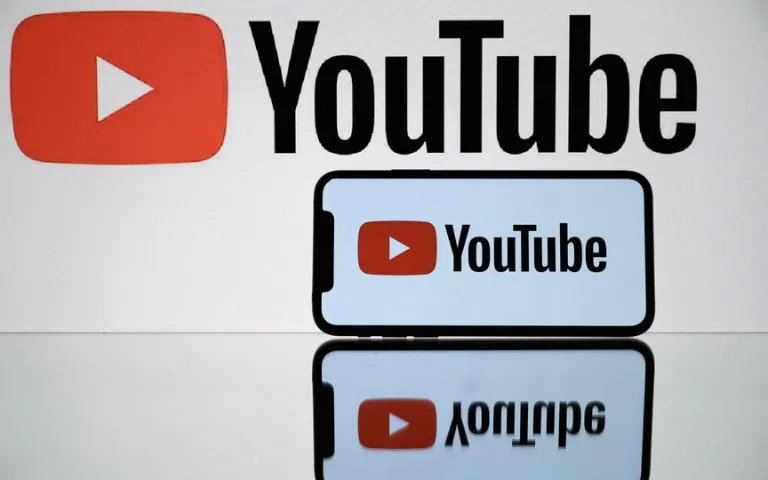AI-Enabled Feature on YouTube Allows Automated Dubbing for Video Makers
According to TechCrunch, YouTube has unveiled a new feature that enables video makers to automatically translate their content into various languages using artificial intelligence (AI). The announcement was made at VidCon, and YouTube has teamed up with Aloud, a company that specializes in AI-powered video dubbing. Aloud is a member of Google’s in-house incubator, Area 120.
Earlier this year, YouTube added a feature that allows content creators to use multiple audio tracks in different languages. This means that content creators can add dubbing to their videos so that people who speak other languages can understand them. By June 2023, content producers have already copied more than 10,000 videos in more than 70 languages.
Before this new tool, content creators had to work with other companies that provide copy services. This can take a lot of time and money. However, with Aloud, creators can now copy their videos for free.
Google created Aloud in 2022. It uses artificial intelligence to transcribe, translate, and then create a dubbed version of a video. Authors can review and edit the transcription before Aloud makes the copy.
YouTube is currently testing this tool with hundreds of content creators. Amjad Hanif, VP of Creator Products at YouTube, mentioned this to the audience at the conference. Hanif also said that YouTube will soon make this tool available to all content creators. Currently, Aloud is only available in English, Spanish and Portuguese. But in the future there will be more languages like Hindi and Indonesian.
Hanif also mentioned that YouTube strives to make translated soundtracks sound like the creator’s voice. They want the dubbed version to have the same facial expressions and lip movements as the original. YouTube confirmed to TechCrunch that they plan to use generative AI to add new features to Aloud, such as preserving the creator’s voice, improving emotion transfer, and animating lip movements.




